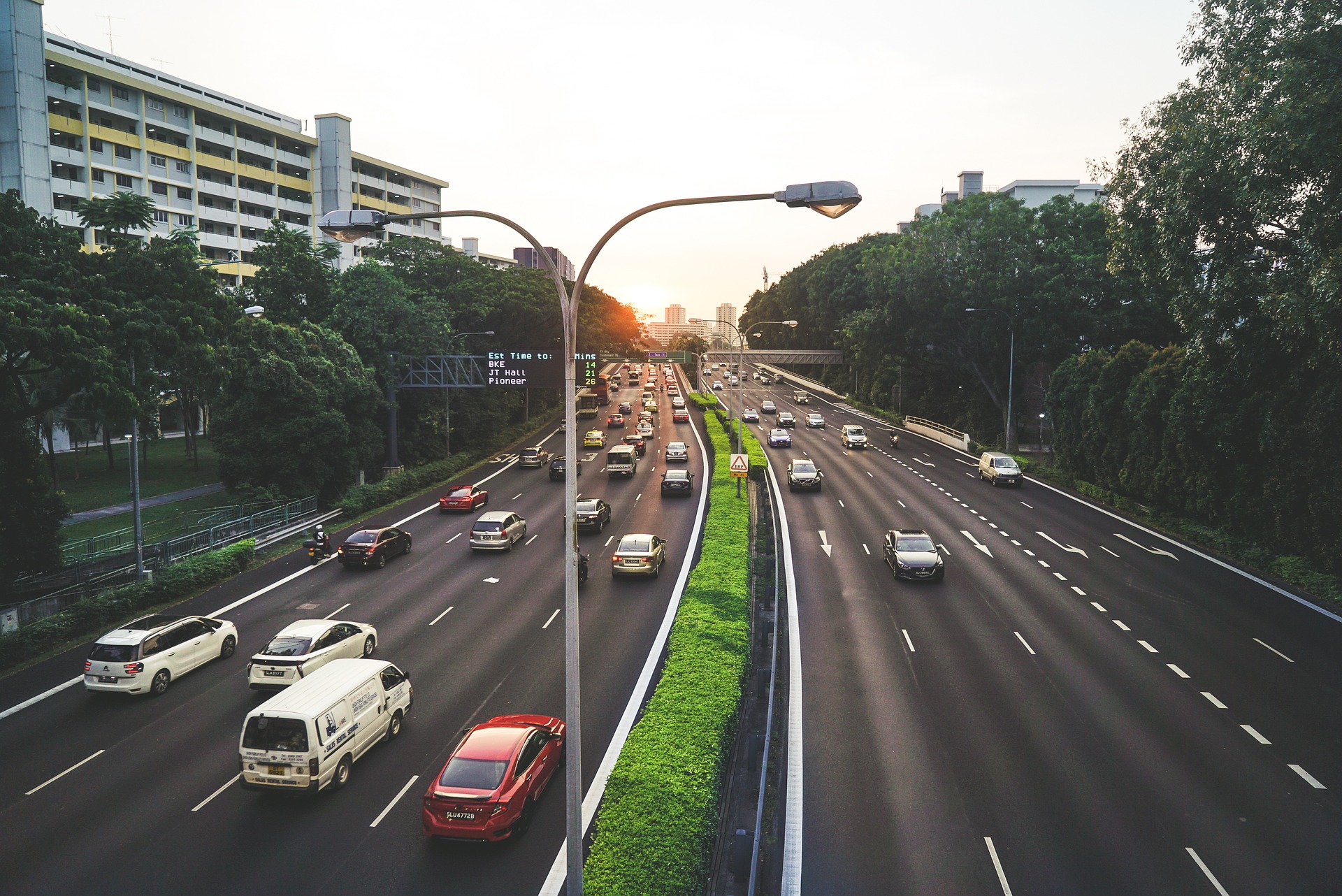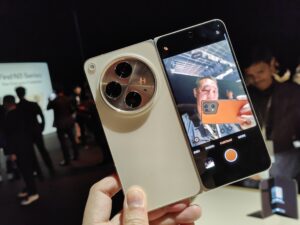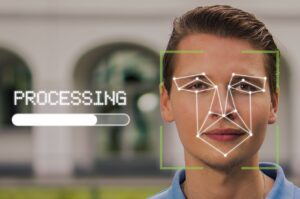
Car owners in Singapore must have heaved a collective sigh of relief. When the dreaded ERP 2.0 road toll kit rolls out from next month, they can choose not to fix a clunky screen onto their windscreen.
They still have to set up an antenna and control unit – two out of an original three-piece on-board unit (OBU) – but many will be thankful for small mercies handed out by the Land Transport Authority (LTA) this week.
The decision comes after the government agency has taken in public feedback, it says. No doubt the huge uproar questioning the need for this “next-gen” unit earlier has played a part in this.
Now, unfortunately, comes the unwanted rollout of a costly project that has taken nearly 20 years to complete, if you count its early efforts. It is clearly outdated and inconvenient for users.
Many questions have already been raised about this “next-gen” ERP 2.0 unit when it was unveiled two years ago. Most damning was why it was even necessary.
Okay, it will use satellite tracking to monitor how many kilometres you drive, but there are now no plans for the distance-based road pricing that it enables, despite skyrocketing car prices due to record COE (certificate of entitlement) costs.
In other words, one of the biggest reasons for the new ERP 2.0 unit isn’t relevant today, unless transport policy changes. And the ugly road gantries that have sprung up over the years will remain, at least for now.
What about the other “next-gen” features? Real-time traffic information? Well, isn’t there Google Maps or Waze for that? Some cars even have these features built in now and they have bigger screens nicely integrated into the dashboard.
In saying that its own screen is optional, the LTA this week also pointed out that a mobile app could be used to access some of these services on the go.
It’s even going to have a software development kit (SDK) that developers can use to create apps to tap on these services.
You wonder why that hadn’t been been in the plans earlier, as smartphones came into the picture, starting with the iPhone in 2007.
And how is it that a project to track cars in Singapore has taken years to complete, when an app used to track people in the country during the pandemic took just weeks?
The answer lies in the approach to technology projects. Today, big organisations, including governments, want to build infrastructure and digital services in a modular format, so each building block can be reused and upgraded constantly.
This way, these digital services can be launched fast and don’t become obsolete by the time they are ready. Since they are constantly iterated, they also don’t end up outdated as technologies improve over time.
One look at the ERP 2.0 unit that drivers are being made to install now tells you it is built the old way.
For one, it still uses a stored-value card to pay for road toll. Today, you can already do so with an automated payment service each time you drive through a gantry.
In the same way, the screen that comes with this new ERP 2.0 unit reminds you of those GPS devices people used to paste on their windscreen years ago.
Why are they obsolete now? That’s because cars now have huge screens and all these navigation and other services built into their consoles. People can also connect up their phones, which have the most advanced, feature-rich apps.
At a time when the Singapore government as a whole is embracing the public cloud and AI technologies, it is a surprise to hear the LTA justifying why its project has to be so “bespoke” and custom-made.
It has chosen not to use a common smartphone system because of the trouble with the different phone models and operating systems, for example. Plus, it needs to ensure a mobile app is functioning and has a cellphone connection, it says.
Really? Does the LTA not know, for example, that you can identify yourself digitally with your Singpass app to cast a vote in an election? Plus, carry out all manners of transactions with the government and also transfer lots of money from a bank account?
If citizens have been told it is okay to trust the phone as a wallet and personal identifier, why do they need a whole separate system just to pay road toll?
The only good thing about this ERP 2.0 episode is that it’s a valuable lesson on how not to build massive technology projects that end up outdated by the time they are finally ready.
Back in 2020, then-Transport Minister Ong Ye Kung also acknowledged in a Facebook post that the way the ERP 2.0 system was developed had to be improved.
Unfortunately, by then, the government had already commissioned the S$556 million project and changes in design would affect the contract.
So, now, it has to be rolled out, even if it inconveniences citizens who don’t want it in their cars and when distance-based pricing isn’t in the plans.
Tellingly, the LTA will even give you the screen if you opt out of it. You can only swallow it as another sunk cost in the world’s most expensive place to own a car.







To me it is a confluence of reasons and the issues with the culture in the organization. Firstly, yes projects are managed by scope especially to third-party external vendor. So a) they can have 1-2 years and do mid and end point changes to ensure at the end of the day it is an updated solution but b) the worst is the attitude of “bearer of only good news” “want only hear the good stuff” known also by the ol’ “Emperor’s New Clothes” attitude that unfortunately pervades the culture. This combined with people naturally want a super large good looking projects on their resume when they rotate out after 3 years with no responsibility of their actions and outcome (aka somebody elses problem), leaves us in the current situation.
In 2018, they should have decided to get the solution on either purely mobile or via custom-Android hardware that can do 4G, online payment and pin-point accurate GPS system. Right now, we have almost a digital government on our mobile phone. Why are they so outdated? They just want old wine in new bottle, not even bother to relook at what they should do. Who wants to take a risk right?
ERP2 hmmm. Has anyone heard of GPS interruption due to heighten solar activities? What about GPS error due to high rise glass/metal cladded buildings in densely built up area?
This is clearly a sad day for Singapore. Half bake ideas and totally useless system. BUT where is the Accountability for the $556 million spent. It could have been stop before it balloon to this number and mess up the expensive cars that Singapore struggle to own. Really asshole.
S$556 million is a sunk cost. This technology is embarrassingly obsolete.
Amazing that the MoT leadership thinks it better to continue – rather than to skip two generations of technology – and find a new solution.
Tech is not the answer, only a utility. There is a simple political solution (CoE vs ERP vs other alternatives). Then tech can be applied.
Maybe the best idea – is to complete a super embarrassing implementation – so that Singapore Mandarins can earn/learn some humble pie and some heads can roll (or at least be transferred).
Excellent analysis.
They shd have just upgraded erp1 to be in sync with current tech at the fraction of the cost.
They should use this technology with distance-based dynamic charging to partially replace the current COE system. The COE system’s quota concept can still remain but the bidding mechanism should be completely dropped and replaced with balloting. Any shortfall amount that LTA couldn’t earn through COE can now be earned through the distance-based charging which can be dynamically calculated based on congestion and area. Similarly the road tax can be incorporated into the same charging mechanism. Commuters are expected to pay a much higher fee as long as they are moving on the road depending on when, where and the mileage than current. However the initial cost for just owning a car is largely moderated.
I got so many questions that I hope have been thoroughly tested, really hope :).
If the new OBU unit need to continue running on my car battery while my engine is off, then the battery drain should be absolutely minimal. Subsidize my car battery replacement if I need to jump start my car every few months.
GPS is accurate up to 5 meters in open terrain, and GPS apps in our phones improve accuracy by combining other information like nearby WIFI hotspots, cell tower triangulation, and direction of travel to “guess” where we will be. If you have used the SAF issued GPS devices during national service, you will know how terrible to rely only on the GPS antenna.
Hope the agency has done its due diligence on investigate the possible security vulnerabilities on the hardware, firmware, and software running in the OBU. The logic for ERP 1.0 is in the gantries, not the IU. The ERP 2.0 OBU needs to be a lot more robust to triangulate your position from GPS satellites, temporary store your travel history, and upload the usage data when its near ERP 2.0 collection stations via WIFI or Bluetooth. We call these “possible attack vectors” (tech jargon) that we cannot assume to be secure. GovTech did the right thing to involve industry experts early to come “hack” their safe distancing setup and tokens. Because a hacker thinks outside the box. Hope LTA will do the same before its too late to recall the thousands of OBUs installed into cars.
Thanks, Alfred for writing this up. I guess we were thinking in the same way and I’ve posted this: https://harishpillay.com/2023/10/26/erp2-0-and-the-sunken-cost-fallacy/
I think it is a sunken cost fallacy being played out. I can’t see any useful explanation.
I don’t see why an example like Parking sg app. use in mobile phone is being implemented successfully. Any technology will have some glitches. Is just too convenient to said is not stable to use apps.
Don’t continue to live in the stone age.
Well written article. Unfortunately it will only fall on death ears as the $556 million already spent so it will be shafted down our throats( or rather into our cars in this case) whether we like it or not. We pay so much for our cars but have to have this super ugly thing in it, not to mention potential damage to the location where they will install the processing unit.
It’s very surprising to see such a well written article on our government’s projects. Most people just trust whatever that is
Managing traffic congestion as the purpose of ERP has become the forest lost for the trees. Current gantry based ERP relies on human decision making which was effective when it was first implemented. At that time, drivers would take alternative routes or reschedule their journeys as necessary to avoid charges for entering the CBD or using the major expressway from a specific point onwards. This was effective because drivers could remember which roads to avoid and reference websites for times to plan around. The ERP network has expanded significantly since then and route planning especially for non-routine journeys is no longer as straightforward. Unfortunately, the human aspect has not scaled as well in keeping pace with the wider and more complicated network and timings. And when vehicle costs have surged to where it is today, few would bat an eyelid to a few extra dollars for a journey compared to the depreciation of the vehicle each day. Traffic congestion based routing has become the default for route planning, with ERP taking less of the decision focus. The concept of ERP in today’s context should be reviewed especially with advancements in technology such as AI where traffic management in a heavily traffic light dependent road system here becomes an obvious use-case that countries such as China have exploited to great benefit. Traffic management is the low lying fruit for managing congestion as well as reducing carbon emissions in Singapore where optimising road efficiency has much upside. An intelligent system that can better align and improve traffic flow across all intersections and pedestrian crossings would also minimise congestion bottlenecks. In the process, vehicular energy efficiency and improved carbon emissions are also achieved. With AI so pervasive in modern society, it is disheartening that any spectacular news of a new AI based traffic management system has not been announced for Singapore but instead it is something new of the same old system and COEs continue to be the answer for our roads.
Just words to describe this..absurdity, misused and overdo!
Nicely researched and written.
Article is one sided and bias. Firstly, you make it seem as though the roll out for distance based pricing has been cancelled perpetually. In fact, it will be rolled out once all systems, policies and user familiarity are in place which makes sense and this is not achieved overnight.
Secondly, comparing this development to tracking people during covid is an oversimplification. There is no national emergency that requires ERP2.0 to roll out urgently when the current systems is still in working condition. Why are you in a hurry for it to roll out now? I think it’s better to develop it now while the current system is still working, perfect it, have trial runs before rolling it out. Instead of waiting for the current system to break down and develop something right? Also tracking people only uses Bluetooth and users manually scan qr code or tap their phone to enter/exit. There is no gps tracking like ERP2.0 and gps tech has to improve for high density buildup areas/tunnels for this to be effective. One way is to have smart lamp post which I think is in development or trials.
Thirdly, author suggest using app. If this was done using an app, what happens when your phone dies/is damaged or user turns off the gps? Does it mean that the car is not in use since no distance is logged?
Article does not seem to be well thought out, lacking in substance/ deeper thinking and written to trigger emotions.
What so one sided?
Look how the etc 2.0 hardware in Japan which is equally capable, plus looks and integrates better, and compare it to this thing.
That was launched in 2015 and fully operational in 2016.
Yes the same 2016 when we had the tender.
The problem with LTA is that once they handed the job to subcon. LTA will hand off. Occasionally LTA will look at the progress but project design decisions making is wholly depend on the subcon. As the subcon needs to earn profit, they will find ways to look for the cheapest method at that time and collaborated with the equipment supplier to dominant the market.
This author and his excellent article has inspired me to write a response.
After reading this article, it reminded me on one statement Mr Tan Kin Lian once mentioned. He talked about the hundreds of millions tax payers paid for our MRT signalling systems, insinuating our government was not frugal at times. Well the MRT did indeed give those that did not drive severe inconvenience at one time despite the high cost.
I also remembered the time when we had a budget terminal built to accommodate low cost airlines. It was demolished in a few short years to be rebuilt again to be named as “Budget Terminal”. In my opinion, it wasn’t well planned. In many organisations, the people responsible for wasting such money due to lack of foresight wouldn’t have been dealt with lightly.
Based on the author’s figure 556M for for implementing ERP 2.0, as well as the cost for 1.0 which I have not researched on, I do believe it would have added up to several billions, which makes me feel its another over costly project, especially when it’s a project implemented to tax our people.
One billion dollars can employ several thousand local researchers and scientists for several years for R&D. An easy way out is to pay multi-billions to foreign firms for solutions. One good comparison is how much NASA is spending to land on the moon in 2025 compared with India who already landed this year spending only fraction.
As inflation rises and economy tanks, as taxes rises and unemployment rises, I hope our 4G government can lead the country better and bring better living and opportunities for its people.